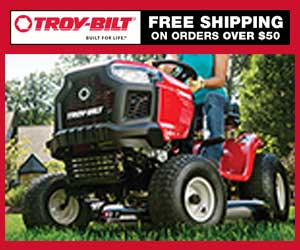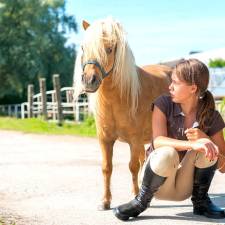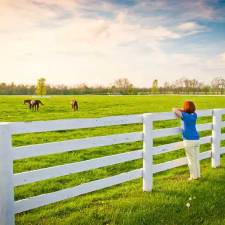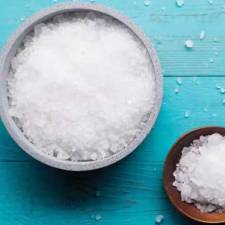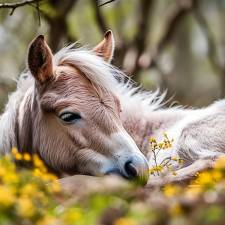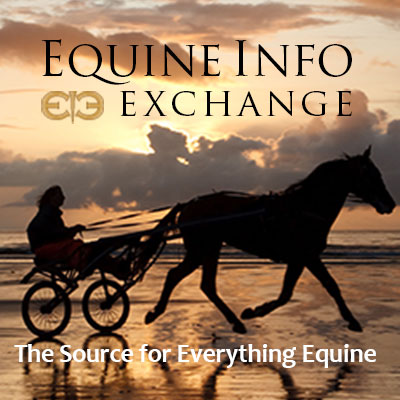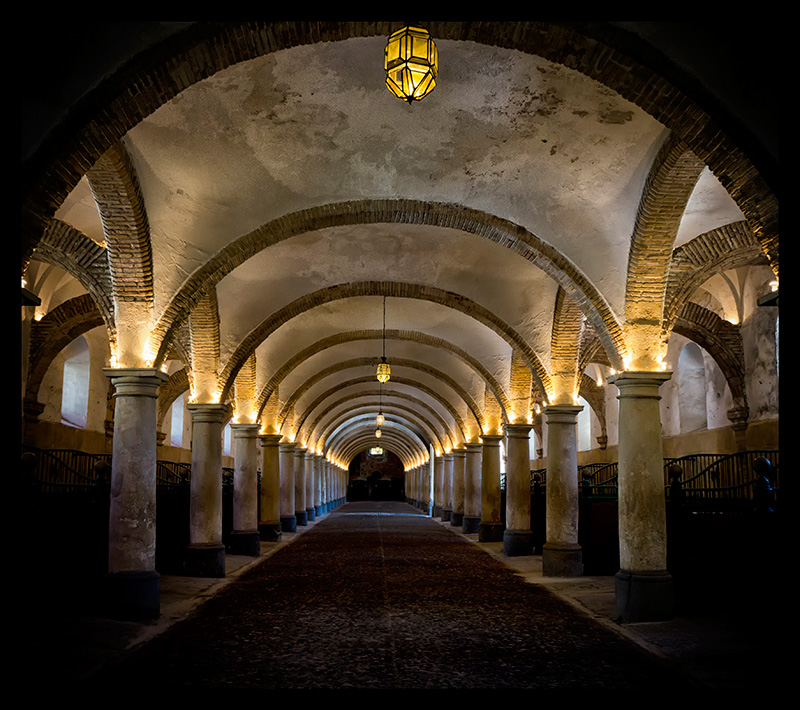
To choose the correct barn or stall for your horse, you need to consider a number of factors, including:
- Size: The barn or stall should be large enough for your horse to move around comfortably.
- Ventilation: The barn or stall should be well-ventilated to prevent the buildup of ammonia and other harmful gases.
- Lighting: The barn or stall should have adequate lighting, both natural and artificial.
- Flooring: The flooring in the barn or stall should be non-slip and easy to clean.
- Drainage: The barn or stall should have good drainage to prevent the accumulation of water.
- Amenities: Some barns offer amenities such as indoor and outdoor arenas, wash stalls, and tack rooms. Consider which amenities are important to you and your horse.
- Location: The barn should be conveniently located for you and your horse.
Once you have considered these factors, you can start to narrow down your choices. Here are some tips for choosing the correct barn or stall for your horse:
- Visit the barn in person: This will give you a chance to see the facilities firsthand and to talk to the barn owner or manager.
- Ask other horse owners for recommendations: Talk to your friends, family, and other horse owners to see which barns they recommend.
- Read online reviews: Online reviews can be a good way to learn more about different barns and to see what other horse owners have to say about them.
- Consider your horse's individual needs: If your horse has any special needs, such as a medical condition or behavioral problem, make sure to choose a barn that can accommodate those needs.
When you are visiting a barn, be sure to pay attention to the following:
- Cleanliness: The barn should be clean and well-maintained.
- Horses: The horses should appear to be healthy and well-cared for.
- Staff: The staff should be knowledgeable and experienced.
- Atmosphere: The barn should have a positive and welcoming atmosphere.
Choosing the correct barn or stall for your horse is an important decision. By taking the time to consider your horse's individual needs and to choose a barn that meets those needs, you can help to ensure that your horse has a happy and healthy home.
Here are some additional tips for choosing and using a barn or stall for your horse:
- Barn:
- Make sure that the barn is properly ventilated to prevent the buildup of ammonia and other harmful gases.
- Clean the barn regularly to remove manure and other debris.
- Provide your horse with fresh water at all times.
By following these tips, you can help to create a safe and healthy environment for your horse.
{module title="Featured Listings - Barns & Stalls" showtitle="true"}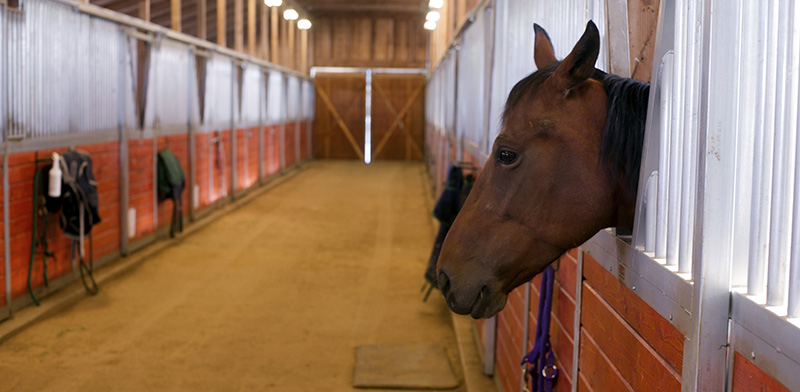 {module title="Barns & Stalls" showtitle="true"}
{module title="Barns & Stalls" showtitle="true"}
{module title="Barns & Stalls - Services"}

{article Summer Safety: Barn Fans & Automatic Horse Waterers}{article}{/article}
{article Arena Footing Basics 101}{article}{/article}
{article Is it Time to Walk Your One True Love Down the Center Aisle?}{article}{/article}
{article title="Horizon Structures Presents: The Top Five Most Important Features to Feature in Your New Horse Barn"}{article}{/article}
{article Horizon Structures Presents….Don’t Fool Around with Foal Safety}{article}{/article}






